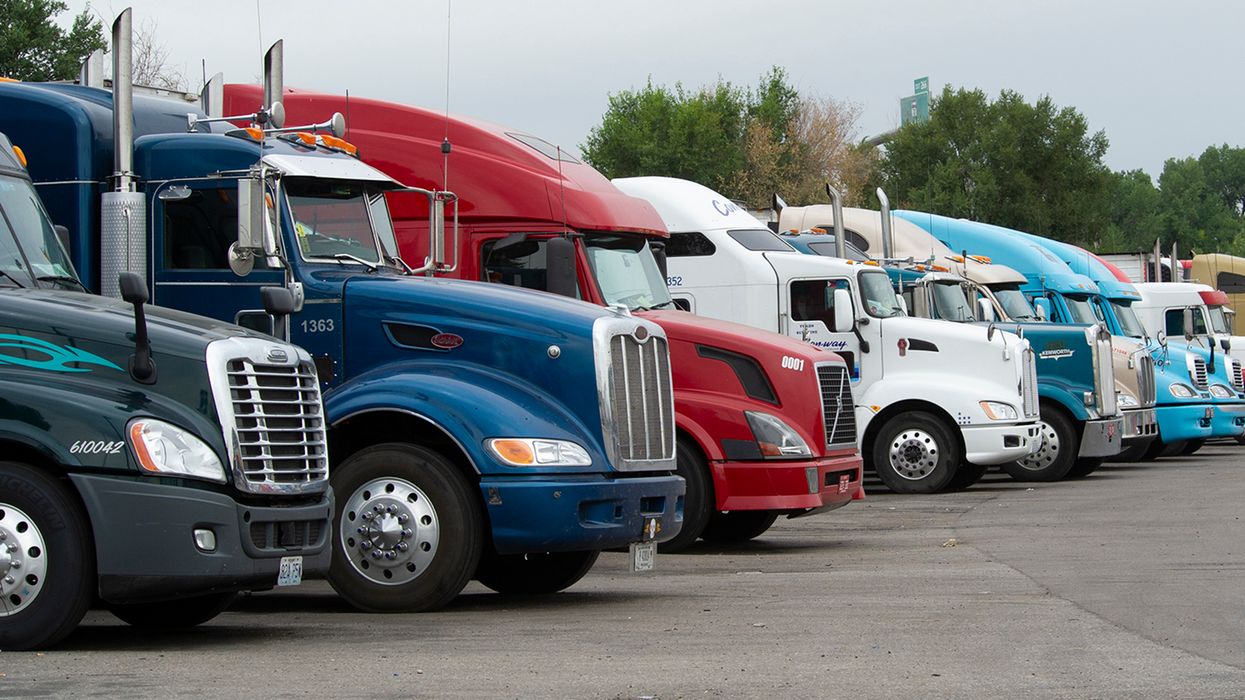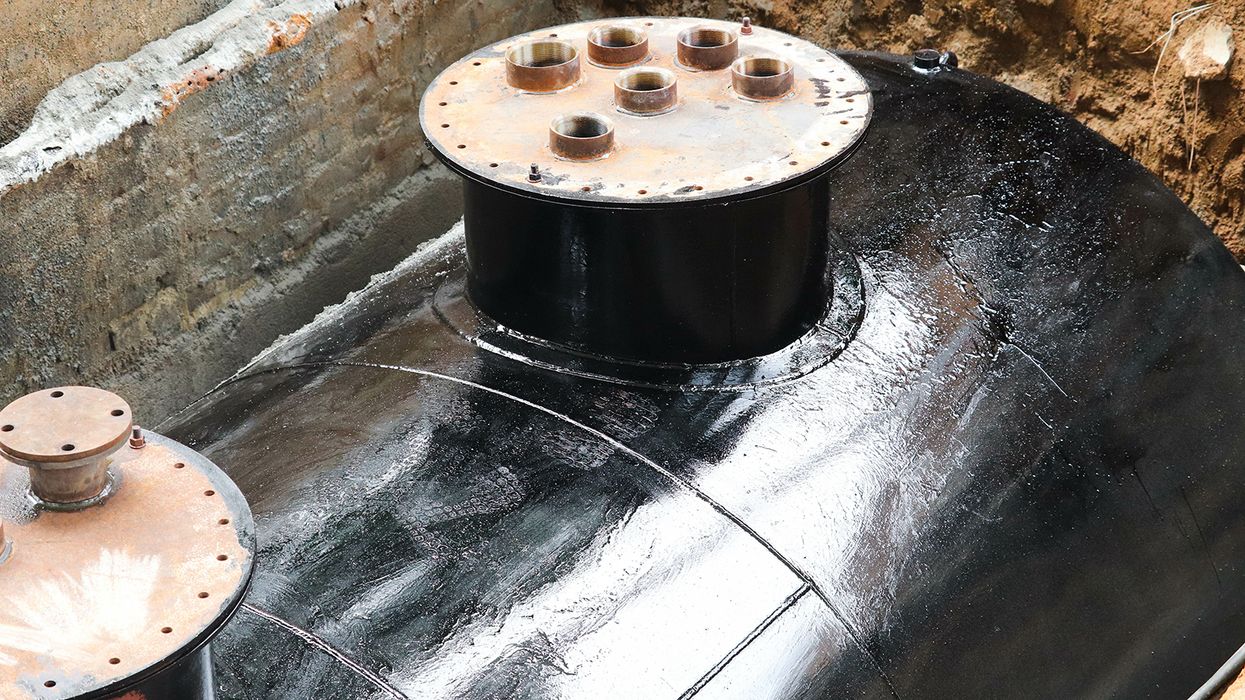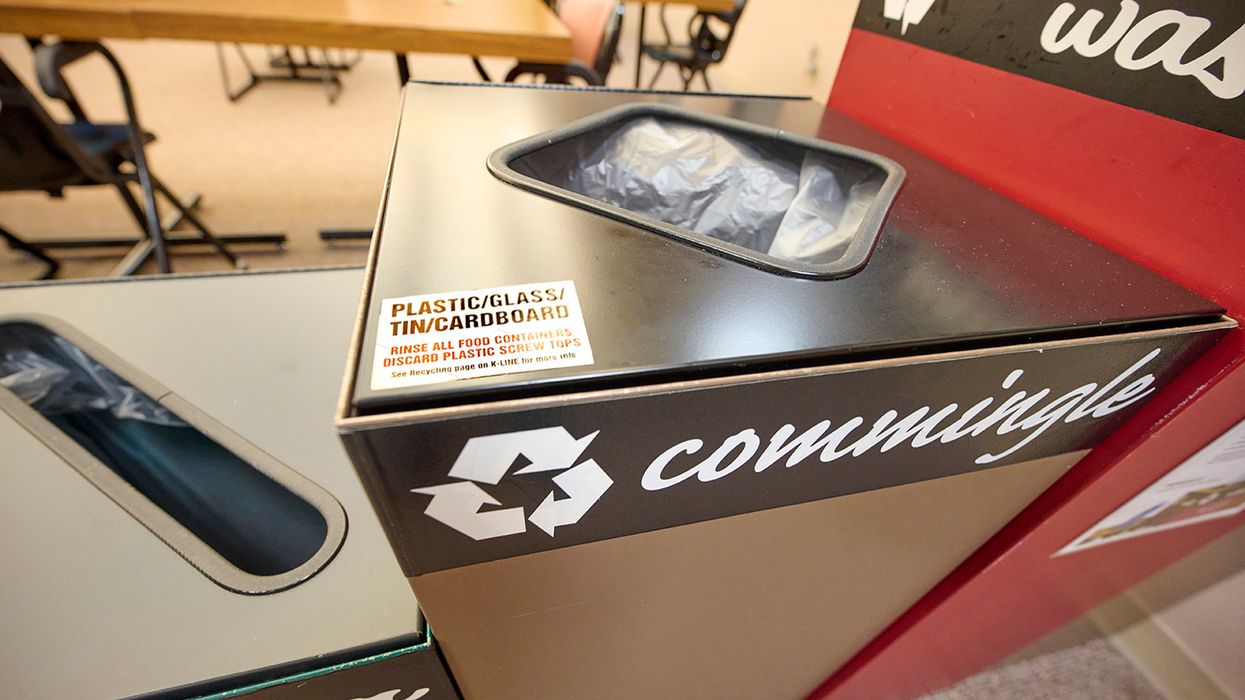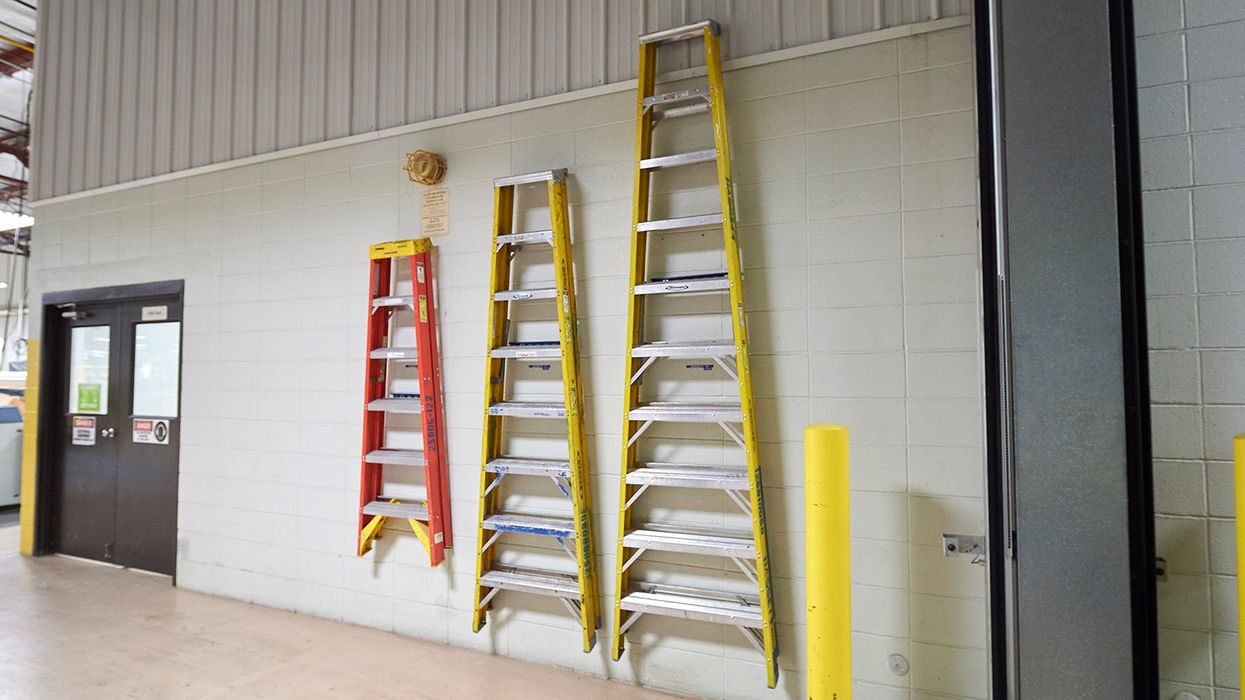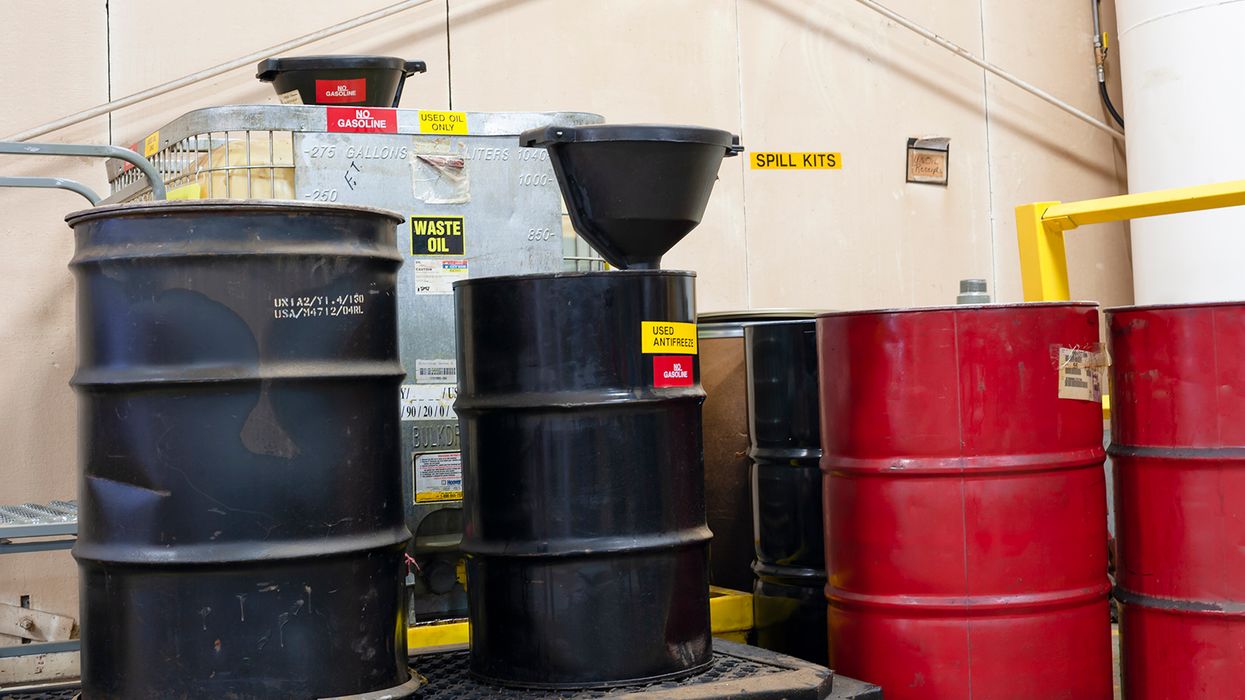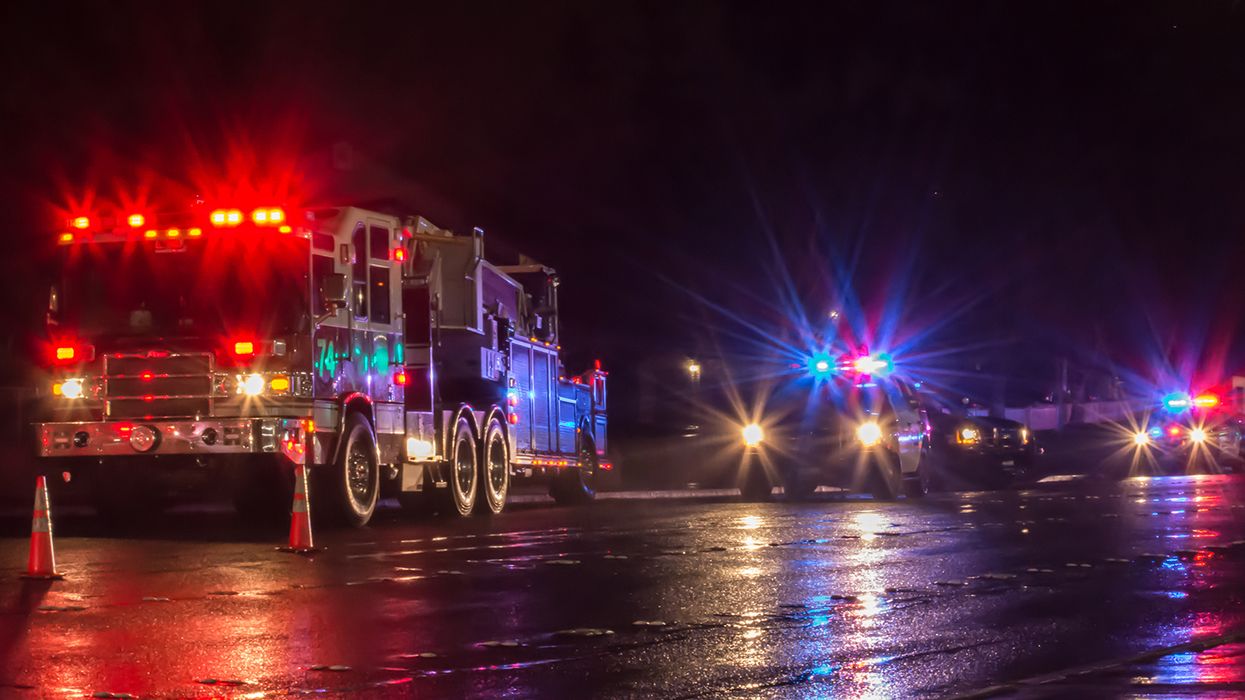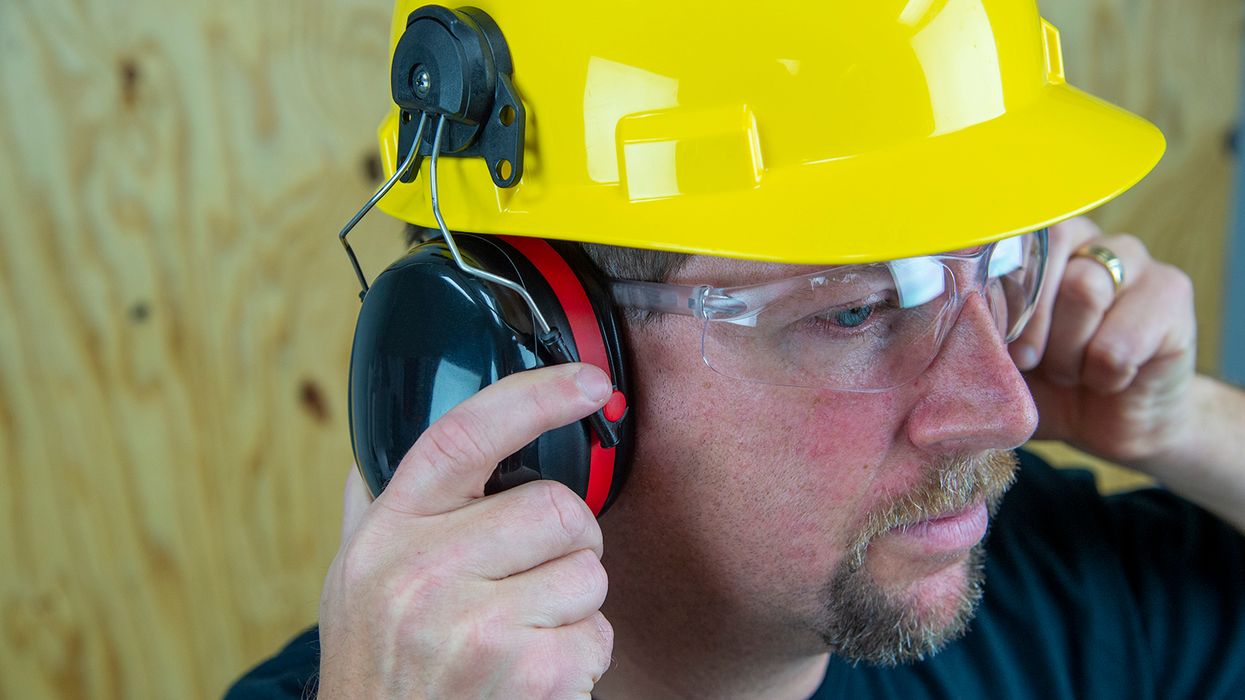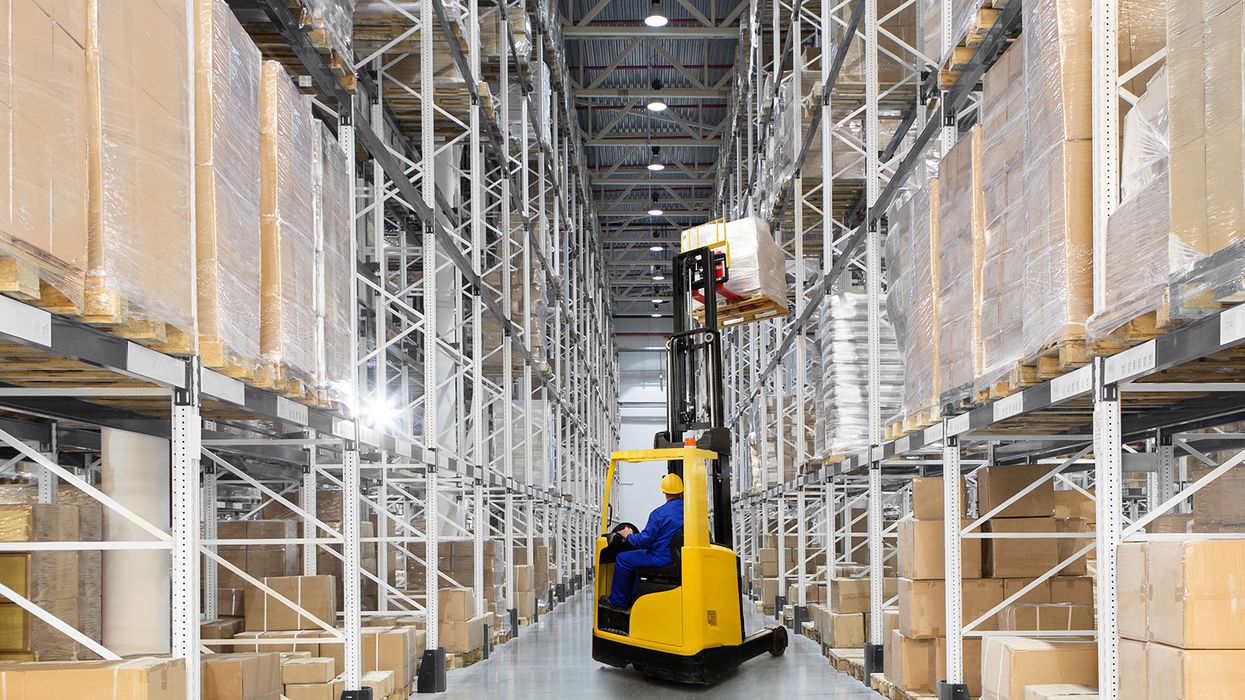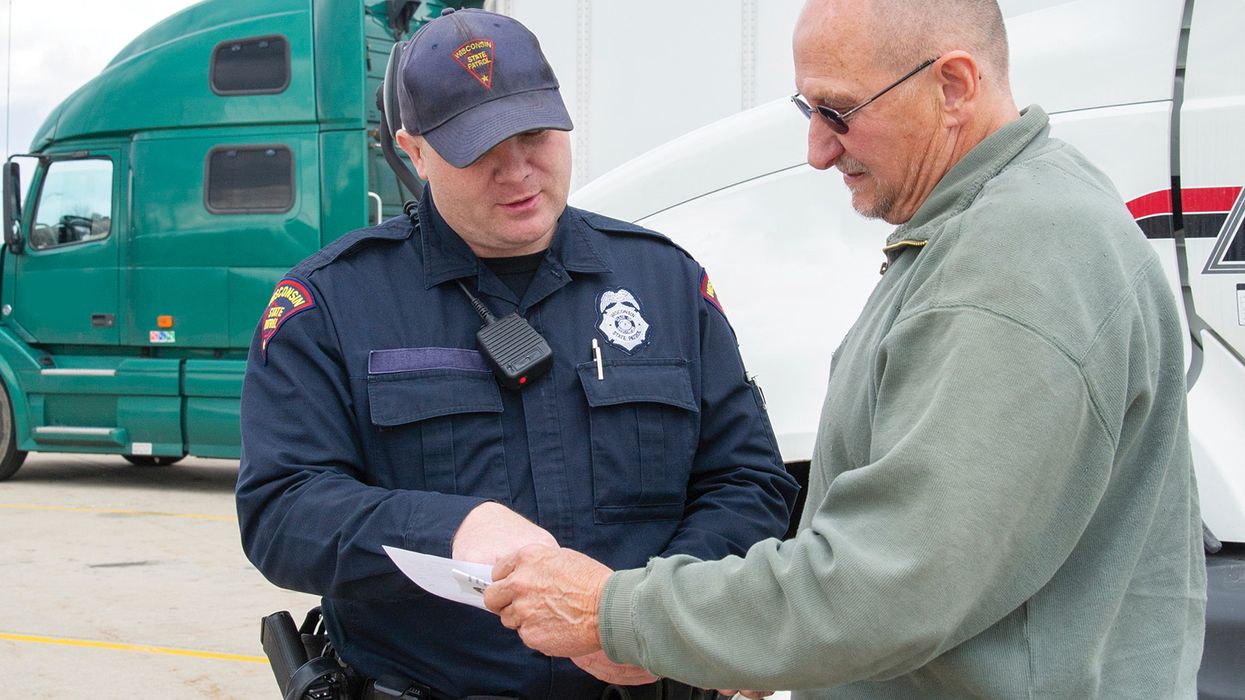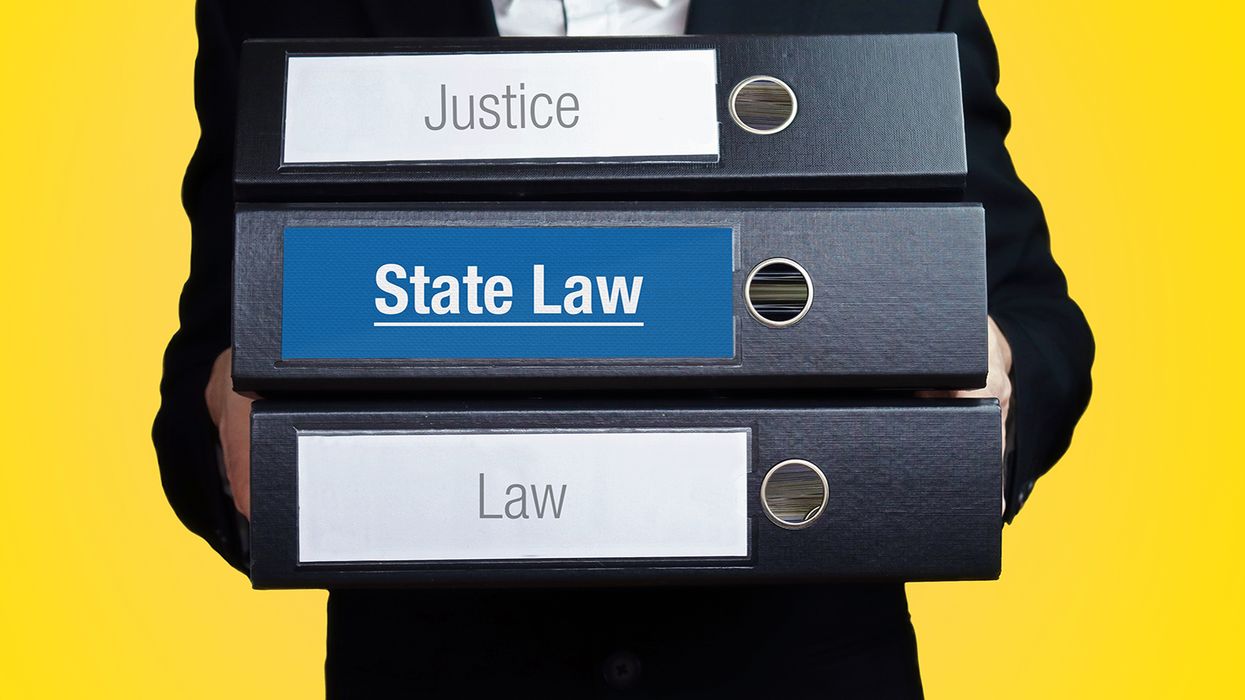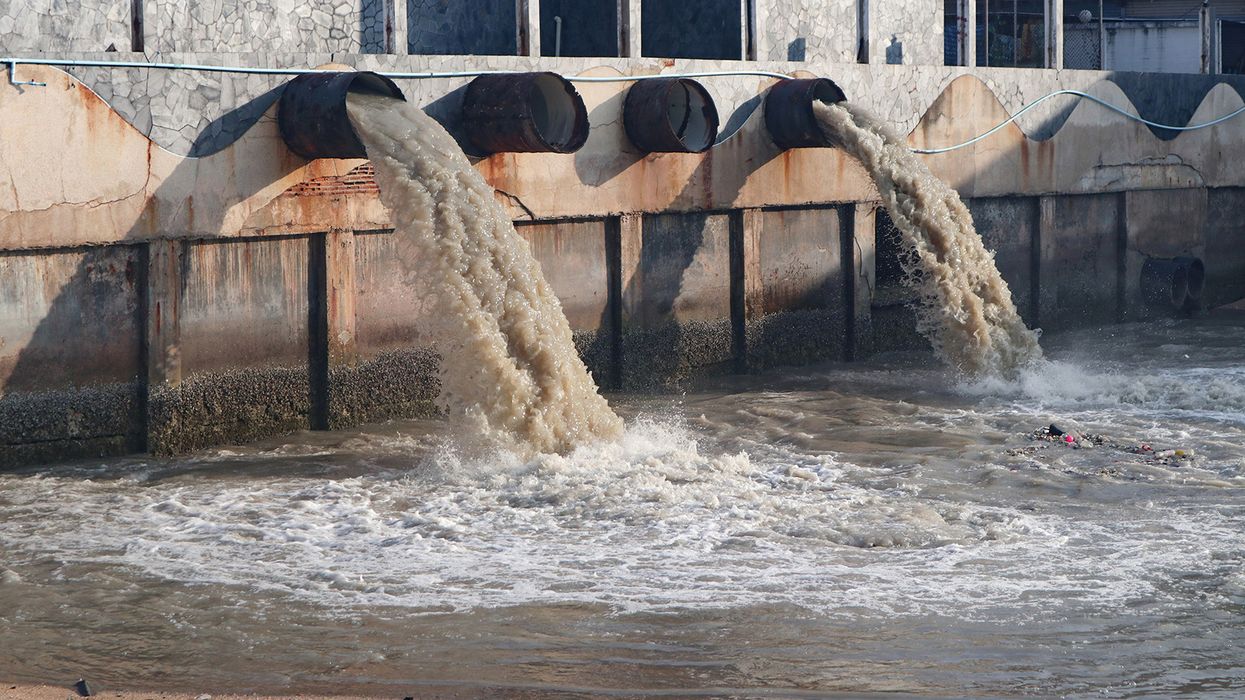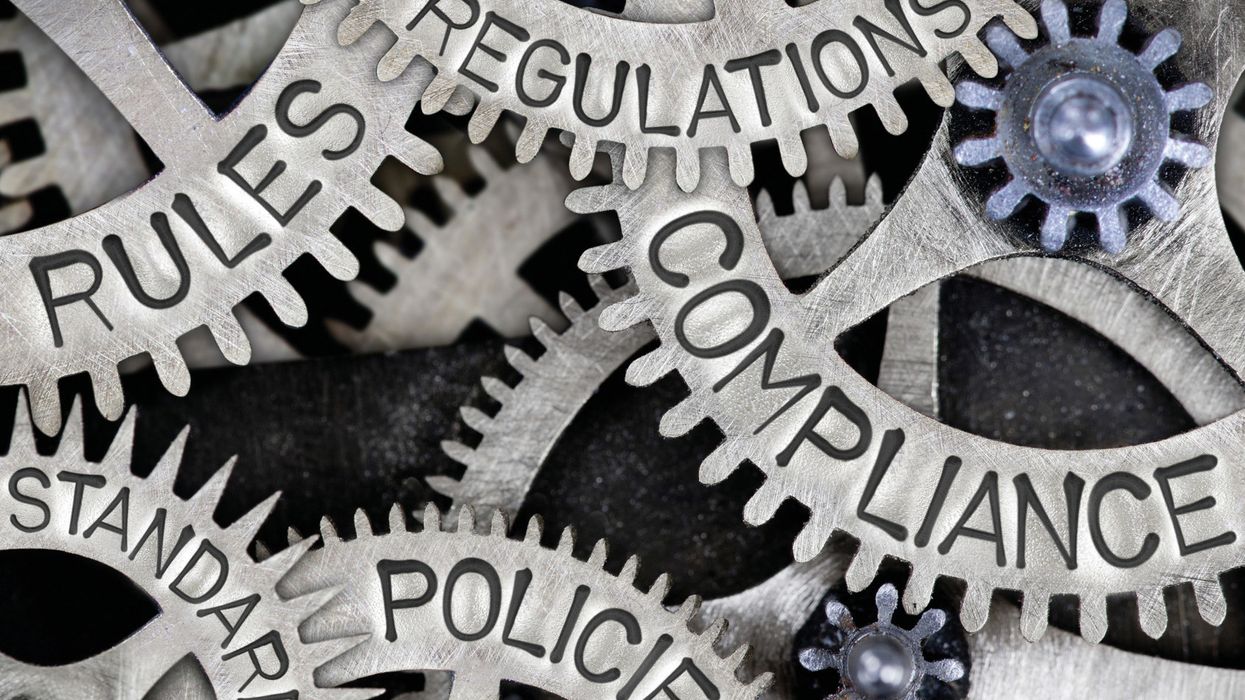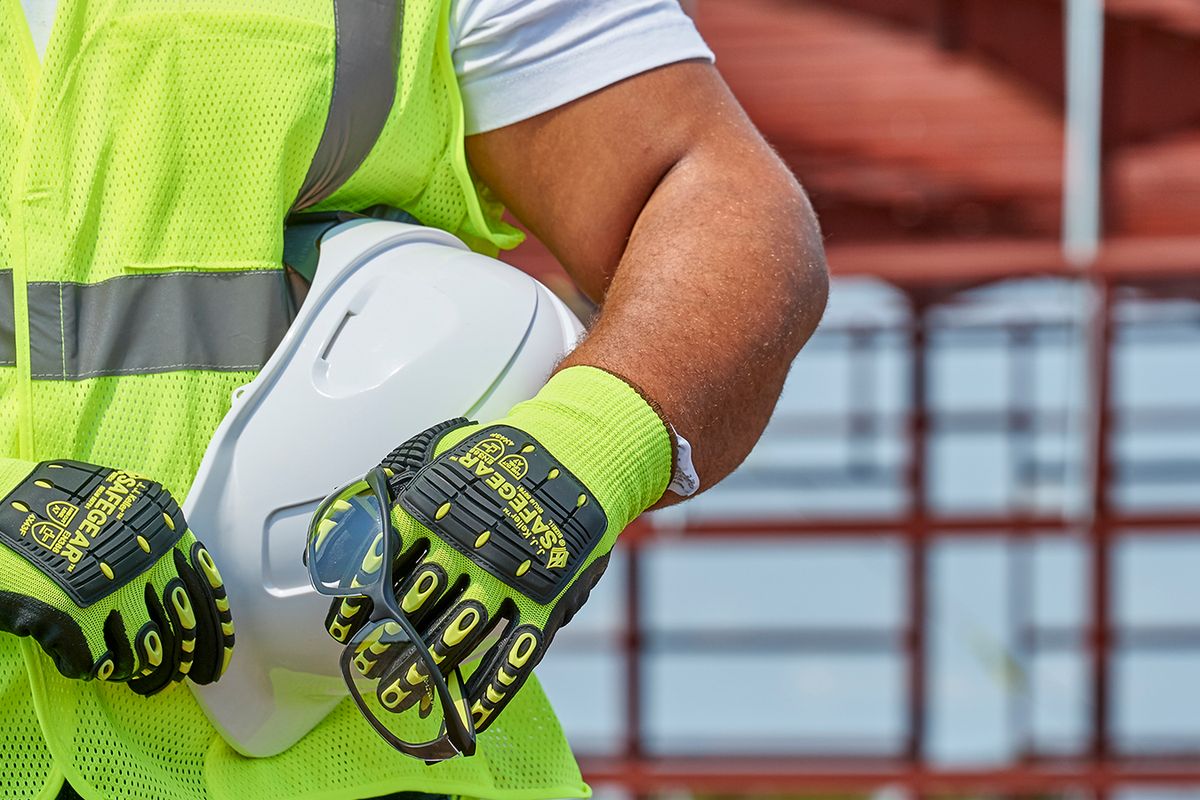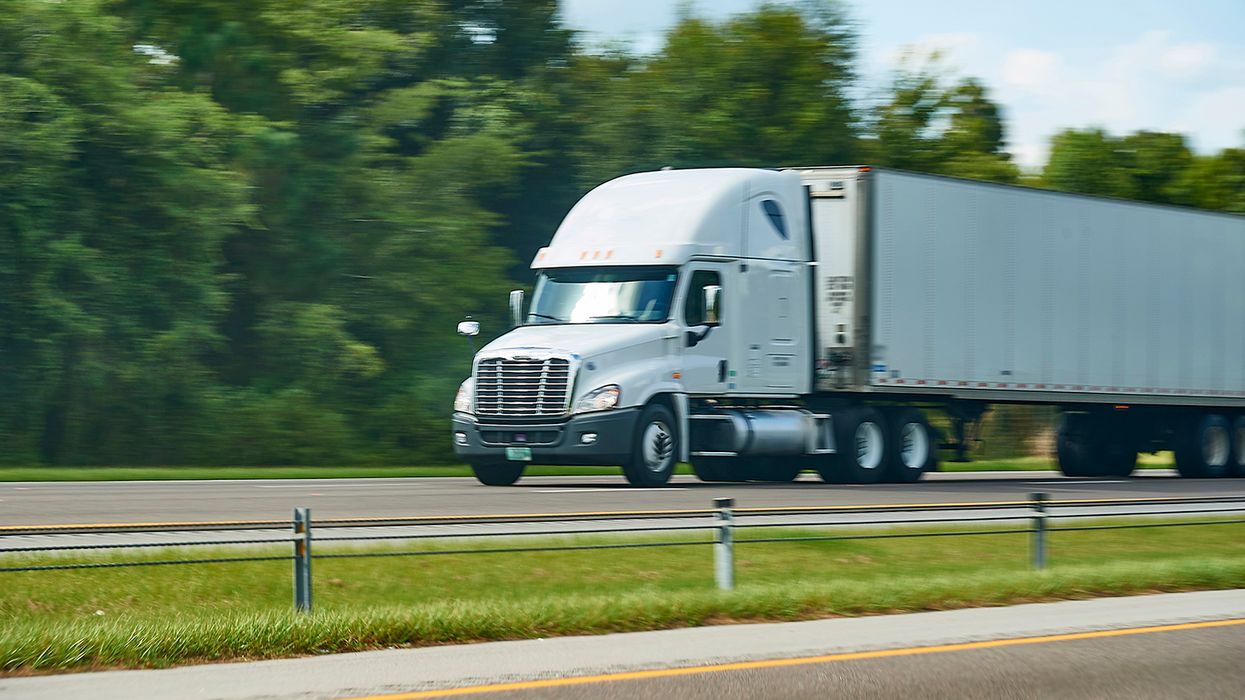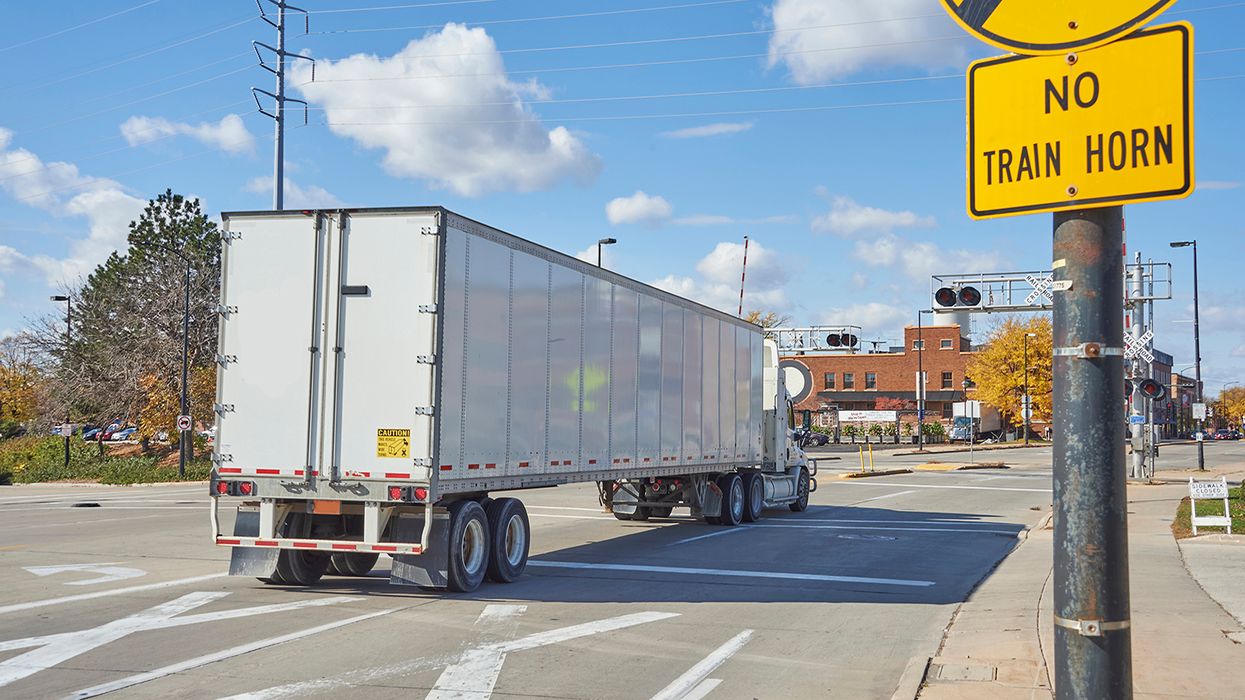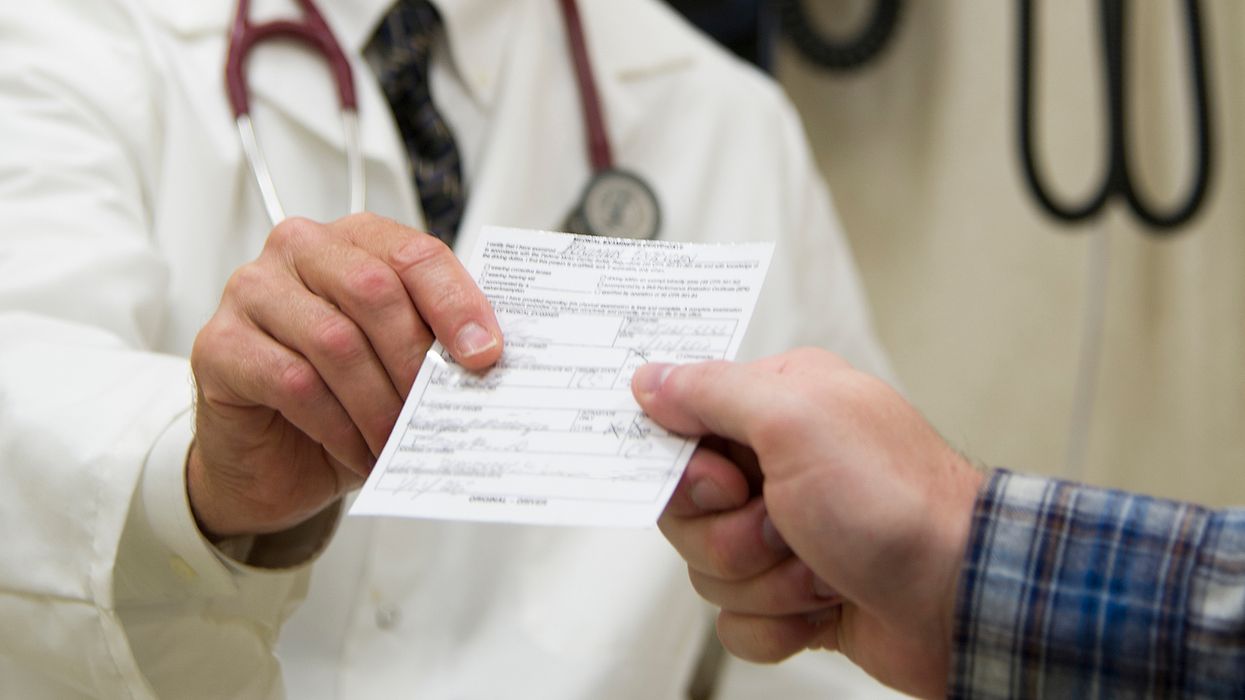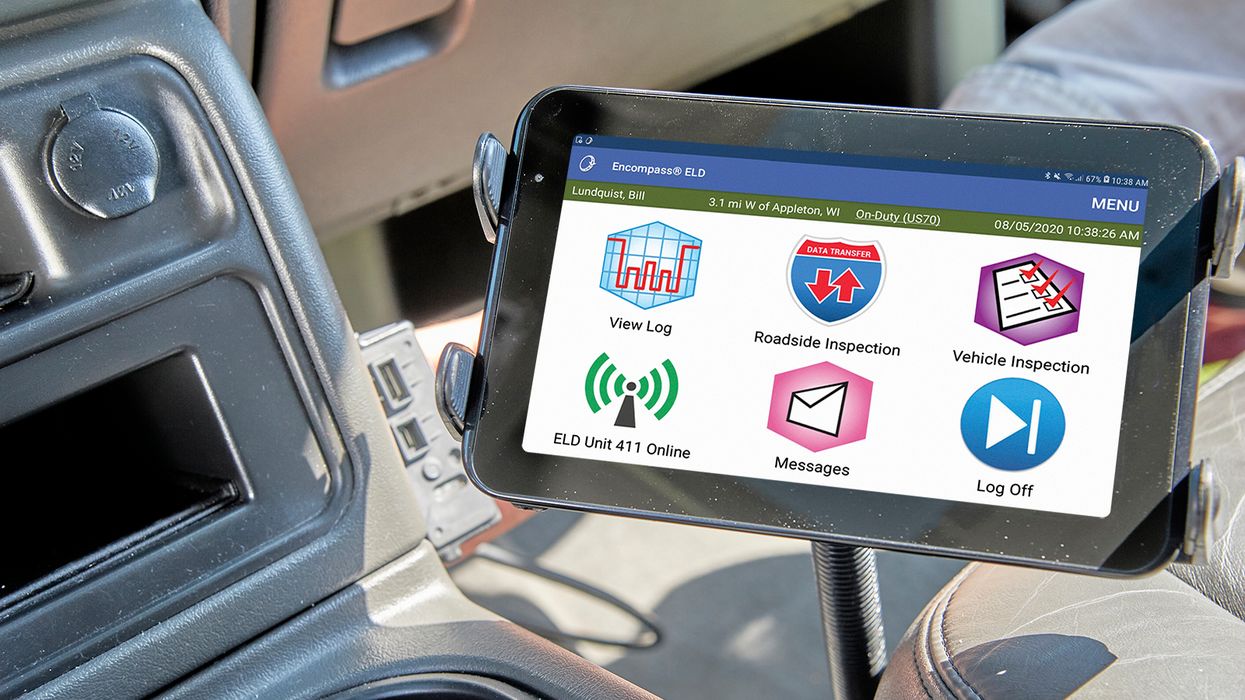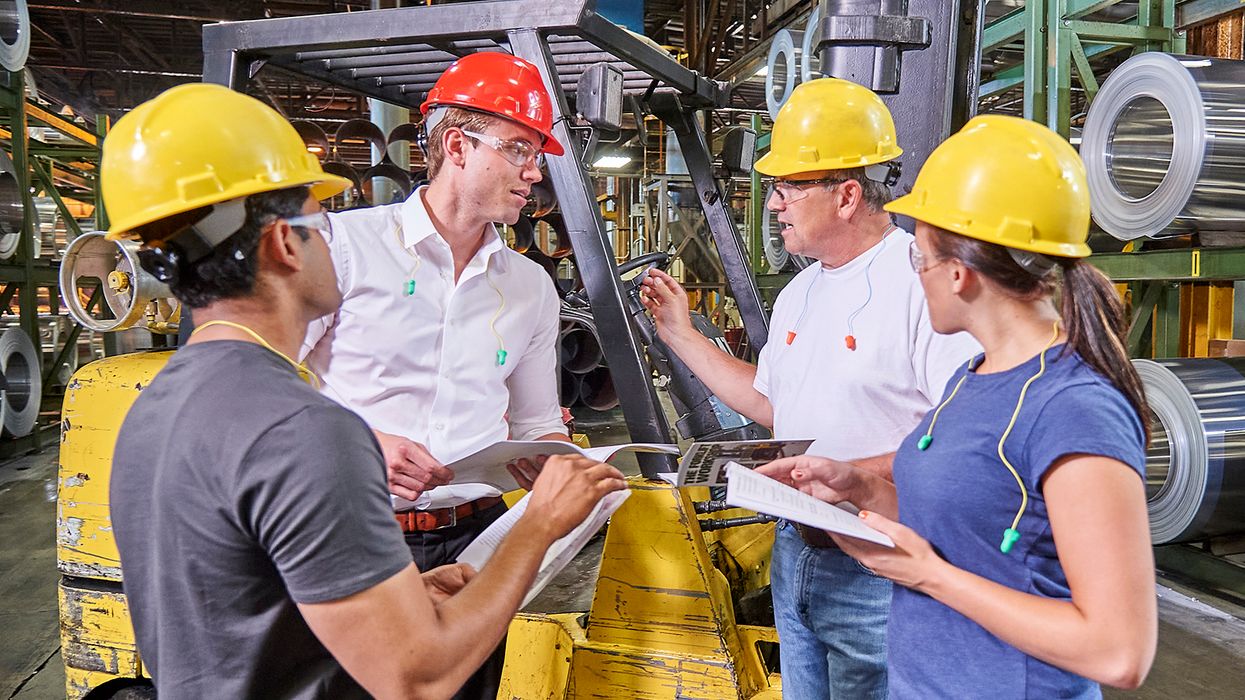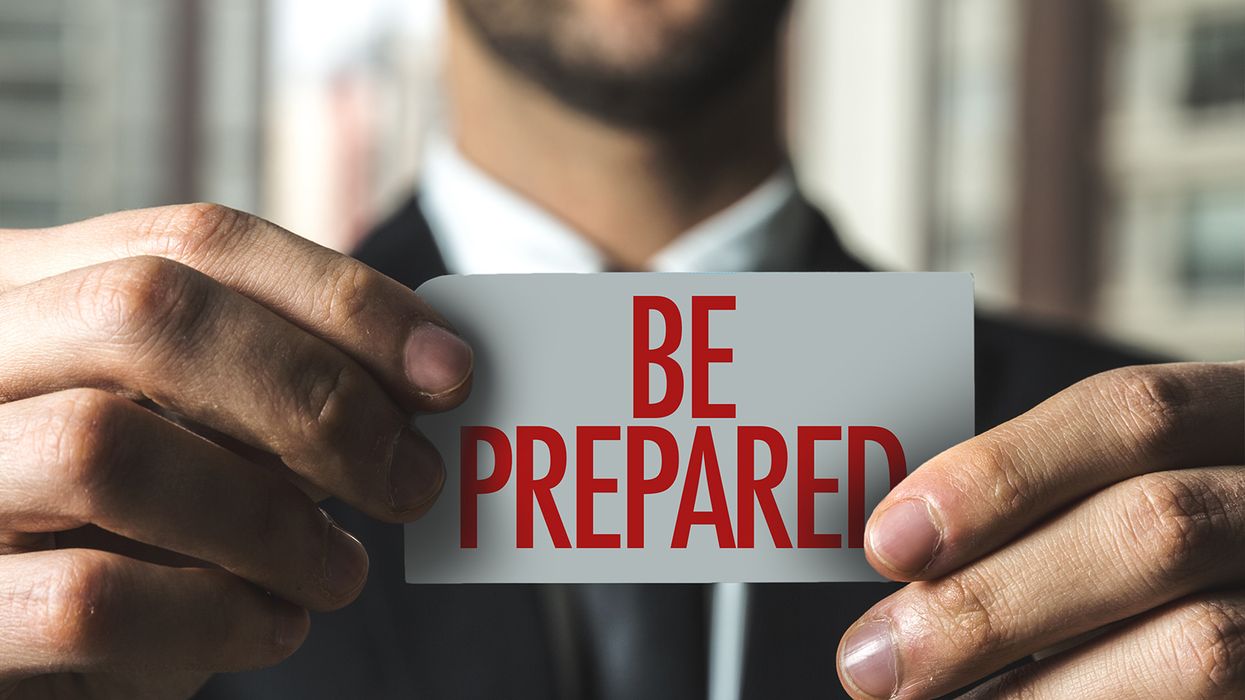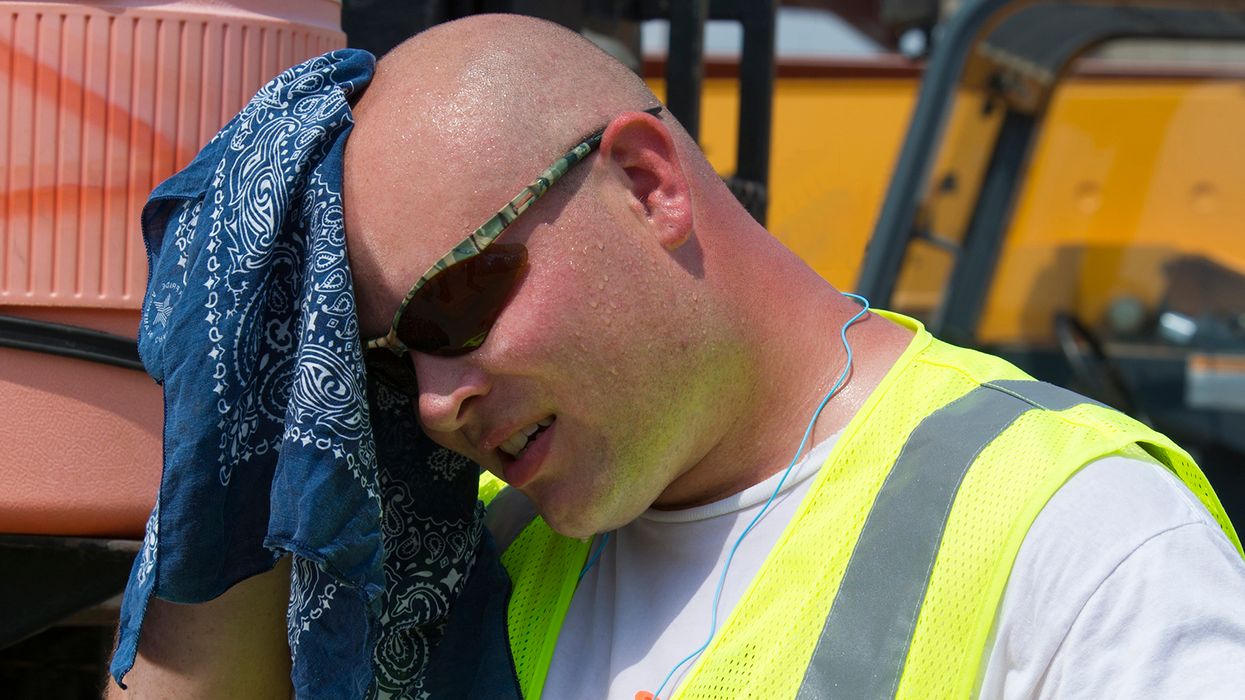7 steps to developing a common safety culture during a merger or acquisition
After mergers and acquisitions (M&A), the companies in the business arrangement may discover they approach safety differently.
These inconsistencies in corporate culture need to be addressed. Integrating a cohesive safety culture during the transition is critical to ensuring smooth operations, maintaining high safety standards, and fostering employee morale.
Here's a guide for trucking companies to proactively integrate safety cultures during a merger or acquisition.
1. Conduct a safety culture assessment
Before the merger or acquisition takes place, it's essential to assess the safety cultures of both organizations. This involves evaluating:
- Safety protocols,
- Training systems,
- Employee engagement, and
- Attitudes toward safety.
A clear understanding of each company's existing strengths and weaknesses in safety practices will provide valuable insights into where improvements are needed and how to align the two cultures.
2. Develop a unified safety vision
To unify the teams, create a clear, shared safety vision that aligns with the values of the merged entity. This vision should emphasize safety’s critical role in the company’s success, promoting compliance, risk management, and employee well-being. Communicating this vision clearly to all staff will help foster a sense of shared purpose and commitment to safety.
3. Engage leadership
Leadership and management teams are pivotal in shaping the safety culture. To ensure a smooth transition, it's vital that leaders from both companies are actively involved in the integration process. These leaders should exemplify safety practices and foster an environment where open communication about safety concerns is encouraged. Leading by example helps instill trust and commitment throughout the organization.
4. Standardize safety policies and procedures
After assessing both companies’ safety cultures, develop standardized safety policies and procedures that incorporate the best practices from each organization. This includes updating safety manuals, compliance protocols, and training resources to ensure consistency across the newly merged entity. Standardization helps streamline operations and reinforces a uniform safety approach across the workforce.
5. Implement comprehensive training programs
Comprehensive training is key to embedding new safety practices across the workforce. Employees should receive thorough training on the newly standardized safety policies, with ongoing refreshers to reinforce safety protocols. Utilize various training methods — such as e-learning, workshops, and hands-on exercises — to cater to different learning styles and ensure full engagement.
6. Foster open communication
Creating open lines of communication is essential in promoting a strong safety culture. Encourage employees to report safety incidents, near misses, or suggestions for improvement without fear of retaliation. Regular safety meetings, town halls, and feedback channels provide employees with an opportunity to voice concerns and collaborate on safety issues.
7. Monitor and evaluate safety performance
Once safety policies are in place, continuously monitor and assess the organization’s safety performance. This includes:
- Tracking incident reports,
- Conducting compliance audits, and
- Gathering employee feedback.
Regularly reviewing safety data will help identify emerging trends and areas that need improvement, ensuring that safety is continually enhanced.
Key to remember: Successfully integrating safety cultures during a merger or acquisition requires proactive planning, clear communication, and committed leadership.

